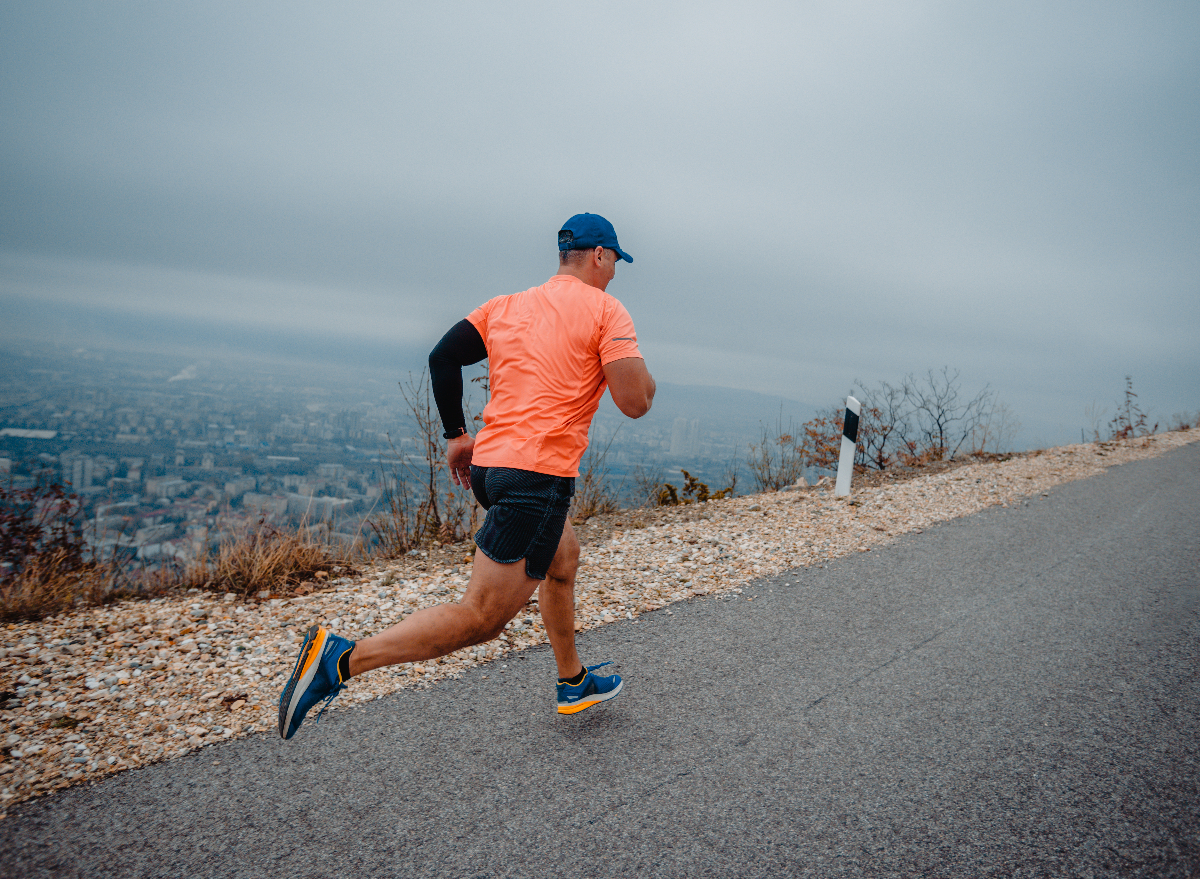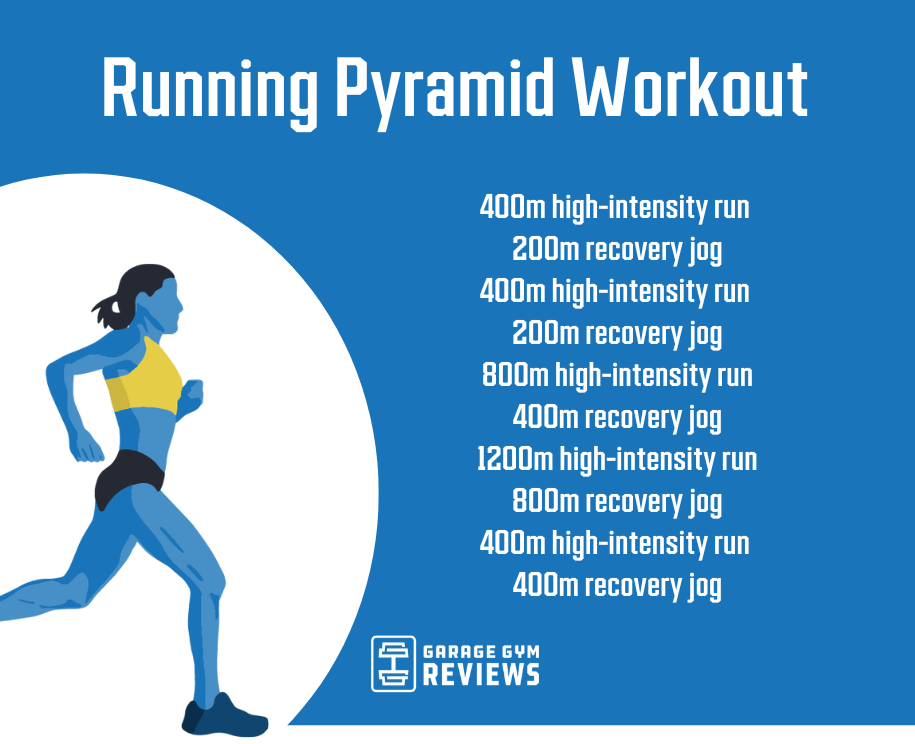Turbocharge Your Runs: Open Your Possible with Strategic Running Workouts
Turbocharge Your Runs: Open Your Possible with Strategic Running Workouts
Blog Article
Handling Typical Running Discomforts: Reasons, Solutions, and Avoidance
As joggers, we frequently run into various pains that can hinder our performance and pleasure of this exercise. From the devastating pain of shin splints to the irritating IT band disorder, these typical operating discomforts can be frustrating and demotivating. Understanding the causes behind these ailments is essential in efficiently addressing them. By discovering the root reasons for these operating discomforts, we can reveal targeted remedies and preventative measures to ensure a smoother and more fulfilling running experience (try this).
Common Running Discomfort: Shin Splints
Shin splints, a common running discomfort, usually arise from overuse or inappropriate shoes during physical activity. This condition, medically referred to as medial tibial tension syndrome, manifests as discomfort along the internal edge of the shinbone (shin) and prevails amongst professional athletes and runners. The repetitive stress on the shinbone and the cells affixing the muscle mass to the bone results in inflammation and pain. Runners that swiftly boost the intensity or duration of their exercises, or those who have flat feet or inappropriate running strategies, are specifically prone to shin splints.
To avoid shin splints, people must progressively raise the strength of their exercises, wear appropriate footwear with appropriate arch assistance, and keep adaptability and toughness in the muscular tissues bordering the shin (running strategy). In addition, including low-impact tasks like swimming or biking can aid maintain cardio fitness while permitting the shins to recover.
Usual Running Discomfort: IT Band Disorder
In enhancement to shin splints, one more widespread running discomfort that professional athletes commonly come across is IT Band Disorder, a condition triggered by inflammation of the iliotibial band that leaves the external upper leg and knee. IT Band Disorder normally materializes as pain outside of the knee, especially throughout tasks like running or cycling. The iliotibial band is a thick band of fascia that connects the aware of the shin, and when it ends up being irritated or limited, it can scrub against the upper leg bone, causing discomfort and pain.
Runners experiencing IT Band Disorder might discover a stinging or aching experience on the outer knee, which can aggravate with ongoing activity. Aspects such as overuse, muscle discrepancies, improper running kind, or inadequate warm-up can add to the growth of this condition.
Usual Running Discomfort: Plantar Fasciitis

Plantar Fasciitis can be credited to various elements such as overtraining, incorrect footwear, operating on difficult surface areas, or having high arches or flat feet. To stop and relieve Plantar Fasciitis, runners can include stretching exercises for the calves and plantar fascia, wear encouraging shoes, maintain a healthy and balanced weight to decrease strain on the feet, and gradually enhance running intensity to avoid sudden stress on the plantar fascia. If symptoms linger, it is advised to speak with a health helpful site care expert for appropriate diagnosis and treatment alternatives to resolve the problem successfully.
Typical Running Pain: Runner's Knee
After resolving the challenges of Plantar Fasciitis, one more widespread issue that joggers often deal with is Jogger's Knee, an usual running pain that can impede sports efficiency and create discomfort during physical task. Jogger's Knee, also understood as patellofemoral pain disorder, manifests as pain around or behind the kneecap. Runners experiencing this pain might really feel a plain, aching discomfort while running, going up or down stairs, or after prolonged periods of resting.
Usual Running Discomfort: Achilles Tendonitis
Generally affecting runners, Achilles Tendonitis is an agonizing problem that influences the Achilles ligament, creating pain and potential limitations in physical activity. The Achilles tendon is a thick band of tissue that attaches the calf bone muscular tissues to the heel bone, crucial for activities like running, jumping, and walking - go to this site. Achilles Tendonitis commonly creates due to overuse, incorrect shoes, inadequate stretching, or unexpected rises in exercise
Symptoms of Achilles Tendonitis include pain and stiffness along the tendon, particularly in the morning or after periods of lack of exercise, swelling that worsens with activity, and possibly bone spurs in persistent cases. To stop Achilles Tendonitis, it is important to stretch correctly previously and after running, use ideal footwear with proper assistance, slowly boost the strength of workout, and cross-train to minimize recurring anxiety on the tendon. Treatment may involve rest, ice, compression, altitude (RICE method), physical treatment, orthotics, and in serious situations, surgical treatment. Early intervention and appropriate care are important for handling Achilles Tendonitis efficiently and avoiding long-term difficulties.
Conclusion

Report this page